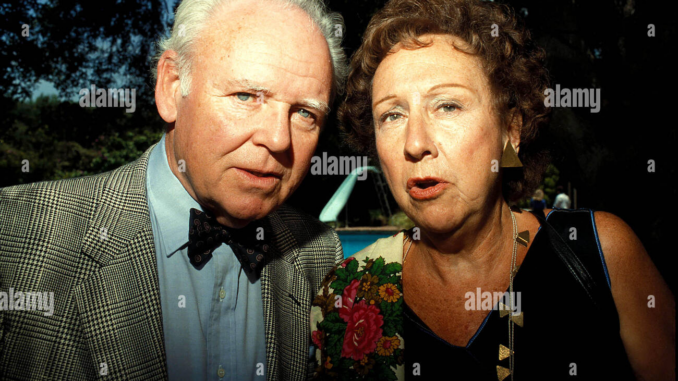
Can you believe it? All in the Family has officially turned 50! This iconic sitcom, which first aired in 1971, not only entertained millions but also sparked conversations that reshaped American television. A new book dives deep into its legacy, exploring how it broke barriers and tackled social issues with humor and heart. Let’s take a closer look at this groundbreaking show and the insights from the book that celebrates its monumental impact.
The Birth of a Television Revolution
A Groundbreaking Concept
When All in the Family hit the airwaves, it was unlike anything viewers had seen before. Created by Norman Lear, the show introduced audiences to the Bunker family, led by the outspoken and often controversial Archie Bunker. The show tackled issues like racism, sexism, and class struggles, all while delivering laughs.
The Show’s Unique Format
What set All in the Family apart was its ability to blend comedy with serious social commentary. The show didn’t shy away from difficult topics; instead, it embraced them, making viewers think while they laughed. This innovative approach paved the way for future sitcoms to address real-life issues.
The Characters That Defined a Generation
Archie Bunker: The Everyman
Archie Bunker, portrayed by Carroll O’Connor, became a cultural icon. His character represented the voice of a certain segment of American society—one that was often resistant to change. Yet, through his flaws, viewers found humor and, at times, a reflection of their own beliefs.
Edith Bunker: The Heart of the Family
Edith Bunker, played by Jean Stapleton, was the loving and often naive wife who balanced Archie’s harshness with her warmth. Her character served as a moral compass, reminding viewers of the importance of compassion and understanding.
Gloria and Mike: The Next Generation
Archie’s daughter, Gloria (played by Sally Struthers), and her husband, Mike Stivic (played by Rob Reiner), represented the younger, more progressive generation. Their interactions with Archie highlighted the generational divide and the evolving social landscape of America.
The Social Issues Addressed
Racism and Bigotry
One of the most significant aspects of All in the Family was its fearless approach to racism. The show tackled bigotry head-on, often using Archie’s outdated views to spark discussions about race relations in America. Episodes like “Sammy’s Visit” showcased the absurdity of prejudice, making viewers reconsider their own biases.
Gender Roles and Feminism
All in the Family also addressed gender roles, particularly through the character of Gloria. As a young woman navigating a male-dominated world, she challenged traditional expectations. The show’s portrayal of women’s rights and feminism resonated with audiences, especially during the women’s liberation movement of the 1970s.
Class Struggles
The Bunker family’s working-class background provided a lens through which viewers could examine class struggles in America. The show highlighted the challenges faced by everyday people, making it relatable to a broad audience.
The Impact on Television and Society
Setting a New Standard
All in the Family set a new standard for television. Its success opened the door for other shows to explore social issues, leading to a wave of sitcoms that tackled everything from mental health to LGBTQ+ rights. Lear’s influence can be seen in shows like The Fresh Prince of Bel-Air and Modern Family, which continue to address relevant topics.
Cultural Conversations
The show sparked conversations that extended beyond the screen. Viewers began discussing the issues presented in the show with friends and family, creating a cultural dialogue that was previously absent in mainstream media. This shift in conversation helped to normalize discussions about difficult topics.
The New Book: A Deep Dive into the Legacy
What the Book Covers
The new book, titled “All in the Family: The Complete History,” offers an in-depth look at the show’s creation, its cultural significance, and its lasting impact on television. It features interviews with cast members, writers, and producers, providing a behind-the-scenes
